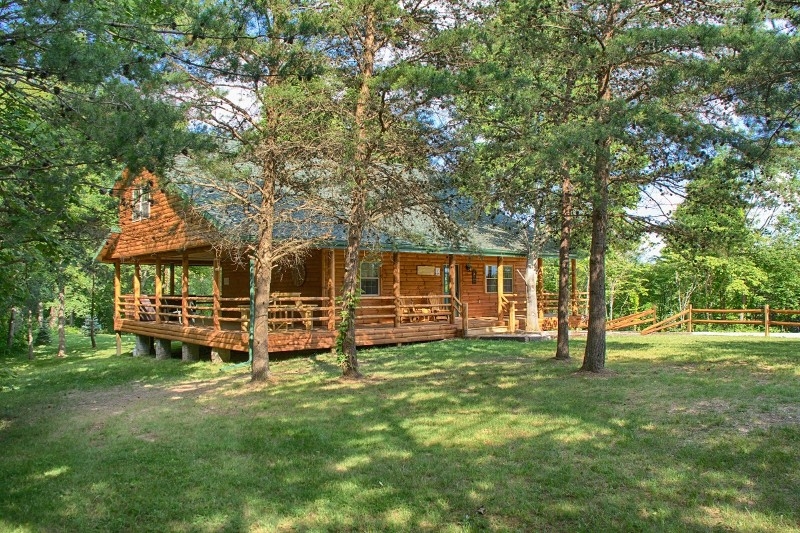
Humming birds come visit throughout the day specially when you are out on the deck having your favorite drink.īehind it is a majestic mountain that you can hike up to and be mesmerized by the breathtaking views from the top. This beautiful cabin is surrounded by mature oak and pine trees where blue jays and robins sing their lovely lullabies. A faculty speaker program was instituted in the mid-1960s Provost Dick Lyman was among the first invited orators."The Secret Sanctum" is located in the serene El Dorado National Forest. Hildreth worked out a Camp Membership agreement with residents so they could use the beach and enjoy the facilities they had known for years. Baby Beach was enlarged and the restrooms were built. In 1967, Frank Hildreth was hired as Camp Associate Director. On Tuesday and Wednesday, July 12 and 13, the stir made the San Francisco Examiner. In the summer of 1966, a sign stating that “Baby Beach is for the use of Stanford Sierra Camp guests only” caused an uproar among Lake residents who had been enjoying the beach for years. On February 6, 1966, the Stanford Alumni Association acquired the assets and liabilities of the Stanford Camp Association. In 1960, a week for an adult cost $55, and in 1962 the fee was raised to $65. Stanford Summer Camp at Fallen Leaf Lodge quickly became popular–with about 1300 alumni attending each year.Īfter operating under this arrangement for six years, the camp became a permanent asset of the Stanford family in 1959 when the Stanford Camp Association was organized with the cooperation of the Stanford Alumni Association. Craven set aside a portion of her summer bookings as “camp” time for Stanford alumni beginning in the summer of 1953. Harriet Craven (’23), daughter of Bill and Bertha Price, was operating the Lodge at that time. In 1951, a Stanford Alumni Association committee, headed by Mary Curry Tressider of Yosemite National Park, began looking at sites for a Stanford alumni camp. In 1932, the Old Lodge was built and the East side of the lake began to be settled by more Stanford families. Many families there now have been affiliated with SSC for many years. Each family built a cabin in this area now known as Stanford Hill. In 1911, ten Stanford professors negotiated with the Forest Service to lease the land above Fallen Leaf Lodge. More and more Stanford families came to Fallen Leaf Lake each summer.

Guests arrived at Fallen Leaf Lodge just in time for dinner.

An overnight boat from San Francisco brought visitors to Sacramento, and from there the Pierce Arrow stage drove over the mountains with a stop in Placerville for lunch. Stanford’s first president, David Starr Jordan, traveled to Fallen Leaf by this route.Īfter Highway 50 was completed and cars became more common, the trip was considerably shortened. People stayed for at least two weeks, often as long as six, because it took so long to arrive. It often took two or three trips on the stage and barge to get a family in. People and luggage were then loaded on board and taken to the other end of the lake. Horse-drawn stages met and drove guests to the north end of Fallen Leaf where a barge waited. From Tahoe City, the steamer Tahoe ferried guests across Lake Tahoe to Lucky Baldwin’s Hotel Tallac (where Kiva Beach is today).

to a narrow gauge train bound for Tahoe City. Vacationers took the train from San Francisco to Truckee, then transferred at 4:00 a.m. In the late teens and early twenties, it was very difficult to travel from San Francisco to Fallen Leaf Lake.

These days we hear how Highway 50 is harrowing, being only two lanes, and that Fallen Leaf Lake Road is not wide enough for two cars. The journey from the Bay Area to Fallen Leaf Lake was quite an adventure back then.


 0 kommentar(er)
0 kommentar(er)
